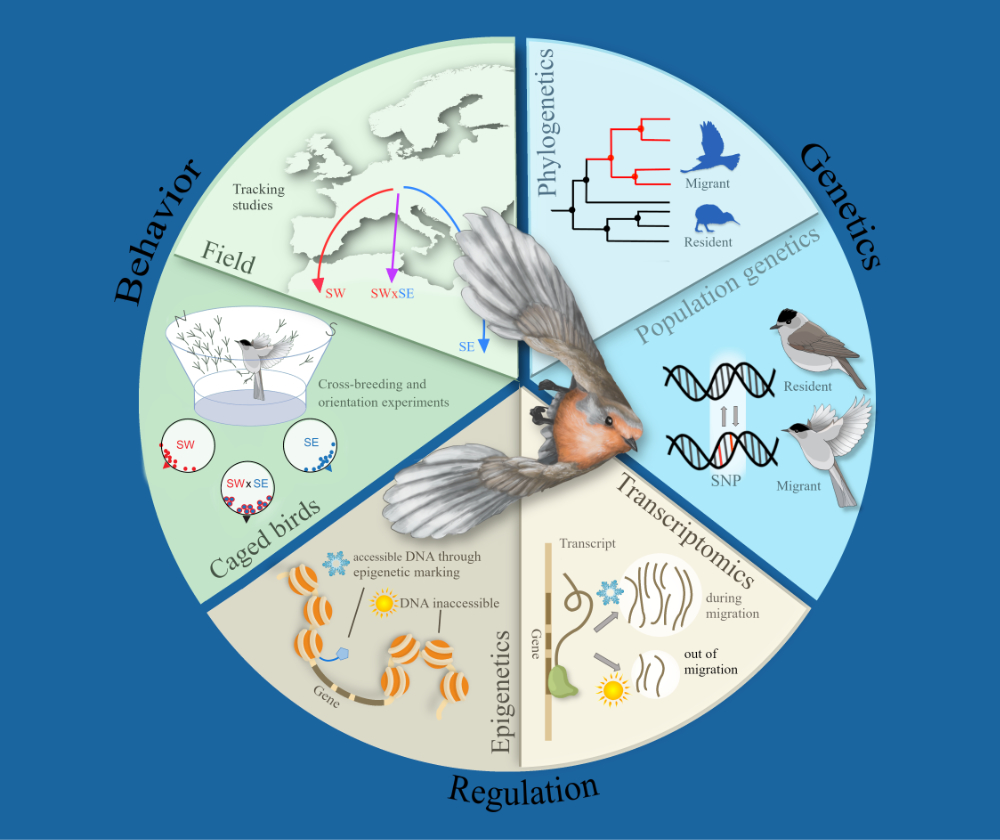Speaker
Description
Jaimie Barnes, Karl Wotton, Chris Bass
Animal migrations worldwide are changing in response to human activities and migratory insects have been subject to the same drastic declines seen in many resident species. Long-distance movement can expose migrants to a diverse range of habitats, and migratory demands may reduce the function of physiological processes not directly linked to migration, with consequences for susceptibility and mortality. This may be particularly true for insect migrants that frequent agroecosystems, thereby increasing their exposure to agrochemicals such as pesticides. While several studies have now addressed the effects of pesticides on non-target bee species, the consequences of these chemicals on non-target migrants remains undetermined. Here we utilise the marmalade hoverfly (Episyrphus balteatus), an important pollinator, biological control agent of aphids, long-distance migrant, and one of the most abundant insect species found within agroecosystems. Active migrants were collected from the Bujarelo Pass in the Pyrenees mountains as they flew south in the Autumn. We compared their survival following exposure to different doses of the neonicotinoid Imidacloprid to individuals reared in the lab under summer and Autumn conditions. We found migrant hoverflies were significantly more vulnerable to Imidacloprid than lab reared hoverflies, while male migrants showed increased sensitivity over female migrants. Analysis of transcriptomic data from migrant vs. non-migrant and male vs. female migrant comparisons identified the Cyp6 family of cytochrome p450s as likely key players. We identify down-regulation of Cyp6g1 (a protein known to metabolise Imidacloprid in D. melanogaster) in migrating females compared to summer females but at higher levels when comparing female to male migrants. Interestingly, a second member of this family, Cyp6g2, was also differentially expressed and has been proposed to play a role in the production of juvenile hormone, a factor strongly implemented in the oogenesis flight syndrome. Our results strongly implicate Cyp6g1 as responsible for determining the sensitivity of migrants to Imidacloprid and future work is focused on the functional characterisation of this pathway and sublethal exposure effects that could be critical in determining the success of long-distance migration.

